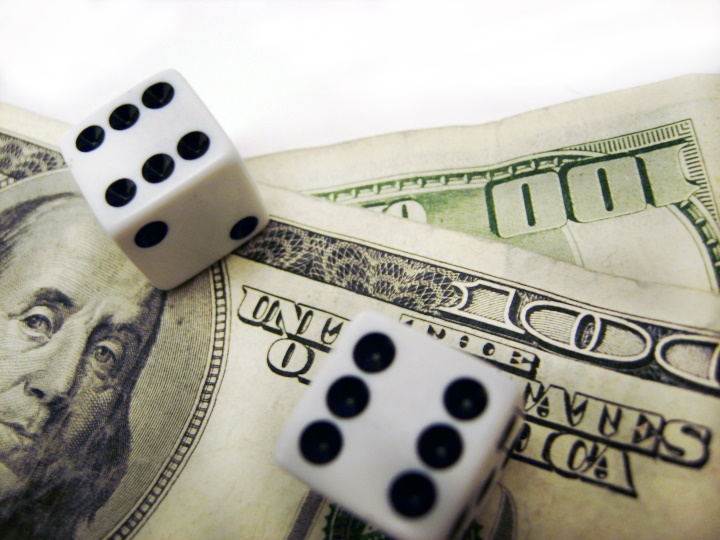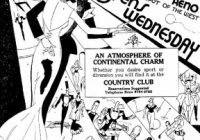|
Listen to this blog post here
Getting your Trinity Audio player ready...
|

1955-1985
Their behavior at several Las Vegas casinos got them noticed. Then the dominoes fell.
Two men showed wads of C notes at the craps tables, tried to exchange some of them for casino bills and broke others into smaller denominations. Word got to the local police, who picked up and took to the station Raymond Philip Wilson, 33, and Frank James Ellsworth, 36, on Friday, July 8, 1955.
Officers in Southern Nevada found more than $85,000 in their pockets and at their high-end hotel room, stuffed in drawers and suitcases. Both refused to divulge where they’d gotten the money but said they’d done so legally.
Because the serial numbers on their Benjamins were in sequence, Vegas police suspected they’d been involved in the April 6 holdup of the Chase Manhattan Bank in Queens, New York for $300,000, the perpetrators of which still hadn’t been identified. Police arrested Ellsworth and Wilson and booked them on suspicion of robbery.
Both suspects were ex-convicts from the Midwest and wanted on theft charges in different cities. They’d arrived in Sin City three days before, supposedly having traveled from Tampa, Fla.
Couldn’t Hold Them
Law enforcement officers concluded that the men hadn’t been involved in the Chase bank heist. Ellsworth was freed on $1,000 bond and fled the state with the duo’s $85,177 in crisp bills and $2,100 in gambling chips. (That $87,277 total is worth about $8.4 million today.)
The pair’s defense attorneys, Harry Claiborne and Calvin Magleby, retrieved the currency for their clients after filing a writ of mandamus charging that the police had obtained the cash and chips through an unlawful search and seizure, hadn’t informed the men of the charges against them and had detained them illegally.
“It’s my money. I didn’t rob anybody to get it, but let the police sweat it out,” Ellsworth told a newspaper reporter before disappearing (Reno Evening Gazette, July 11, 1955). He said he’d earned the money by selling magazine subscriptions and had saved it, over many years.
Wilson was released a few days later on $3,000 bail.
Way Beyond Robbery
The freedom of the duo was short-lived, however, as they were rearrested, Wilson in Las Vegas, Ellsworth in Omaha, Neb., on Tuesday, July 12 after the sequencing of the bills in their possession were matched to those owned by a 73-year-old widow in Philadelphia, Pa., Lulubel Rossman. Both suspects were extradited to The City of Brotherly Love.
Three days before Ellsworth and Wilson appeared in Las Vegas, Rossman had been bound, gagged, strangled and robbed of about $90,000, in $100 bills, that she’d kept in a safety deposit box in her home, a Hotel Adelphia suite.
Self-Gained Reprieve
Wilson went to trial first. A jury convicted him of first degree murder in May 1956, for which he was sentenced to life imprisonment.
With 19 years of time served, at the Huntingdon State Correctional Institution in Pa., he escaped from a farm work detail on June 12, 1975.
Subsequently, he created a life for himself in nearby Pottstown, Pa., where he remarried and quietly resided less than a block’s distance from the local police station.
After a decade of hiding in plain sight, though, officers found Wilson. They arrested him in his yard and returned him to Huntingdon.
Blood on His Hands
Ellsworth, on the other hand, had three trials, in each of which jurors convicted him of first degree murder and chose his punishment as life in prison over the death penalty. The Pennsylvania Supreme Court overturned the first two decisions, however, and granted him new trials.
During the first, it came out, through the testimony of a jailhouse snitch, that Ellsworth, not Wilson, murdered Rossman, though Wilson was present when it happened. When being held in the Las Vegas jail for extradition to Philadelphia, Wilson told a man in his cell that the two robbers hadn’t had to kill Rossman but that Ellsworth had gotten “rambunctious.” The snitch testified at the trials of both defendants.
The verdict that stood finally came in November 1966, 11 years after the crime.
Photo from freeimages.com: “Free Gamble” by Lisa Kong






